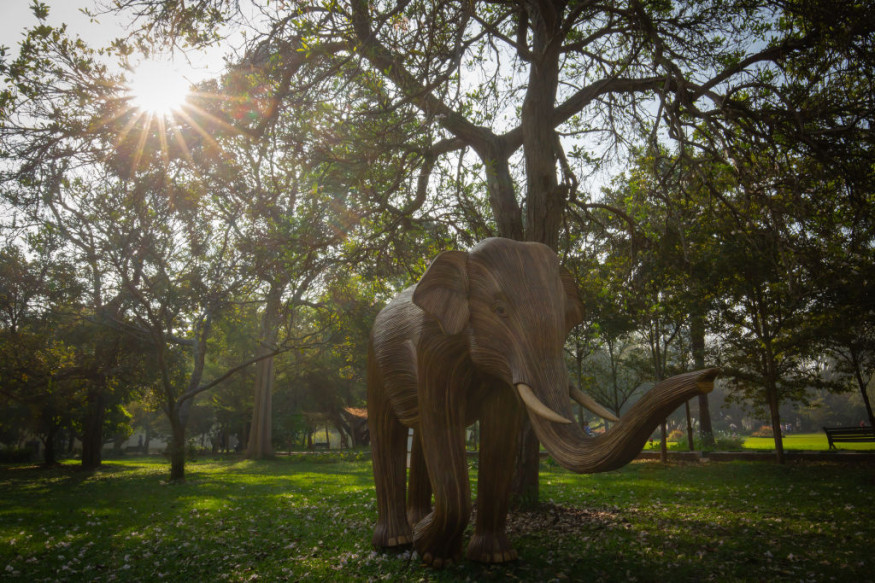Biosphere reserves are protected areas larger than national parks or animal sanctuaries which aim to conserve animals and plants, as well as biodiversity in general. In the current state of the world, the protection of these areas has become necessary more than ever amid the threats posed by human activities and climate change. There are currently hundreds of biosphere sites in over 100 countries worldwide.
Recently, the United Nations Educational, Scientific and Cultural Organization (UNESCO) designated 11 new biosphere reserves in 11 countries, ranging from South America to Europe and Asia. These reserves will strengthen the scope and quality of animal and plant conservation efforts in these sites. UNESCO announced these designations during its recent council session in Morocco earlier in July 2024.
What is a Biosphere Reserve?

There are natural habitats and ecosystems in the world that are home to many wild animals and plants, some of which include endangered or threatened species under the International Union for Conservation of Nature Red List. It is because of these risks that international conservation authorities designate these environments as a biosphere reserve, allowing protection and conservation efforts to be concentrated in these areas of the world.
Biosphere reserves are some of the remaining bastions of the environment in the latter's fight against climate change. However, based on studies conducted between 2013 and 2024, the current climate crisis accompanied by anthropogenic activities is continuing to threaten these protected areas.
UNESCO Designates New Biosphere Reserves
During its 36th session in Agadir Morrocco from July 2 to July 5, UNESCO announced the designation of 11 new biosphere reserves in the following 11 countries below:
- Kempen-Broek Transboundary Biosphere Reserve, located between the borders of Belgium and the Netherlands
- Darién Norte Chocoano Biosphere Reserve in Colombia
- Madre de las Aguas Biosphere Reserve in DOM REP.
- Niumi Biosphere Reserve in Gambia
- Colli Euganei Biosphere Reserve in Italy
- Julian Alps Transboundary Biosphere Reserve, located between the borders of Italy and Slovenia
- Khar Us Lake Biosphere Reserve in Mongolia
- Biosphere Reserve of the yApayaos in the Philippines
- Changnyeong Biosphere Reserve in South Korea
- Val d'Aran Biosphere Reserve in Spain
- Irati Biosphere Reserve in Spain
What are the Threats to the Biosphere?
Despite the existence of these reserves, there are still ongoing threats to Earth's biosphere such as industrial pollution, habitat loss, and among others. Over the decades, both marine and terrestrial ecosystems have witnessed significant loss of flora and fauna due to these threats. In Brazil, massive deforestation has been reported in the Amazon rainforest in recent years, especially in 2022.
The inclusion of more biosphere reserves is a major win not only for humanity but also for animals and plants. However, natural and anthropogenic changes on the planet contribute to the continuance of the mentioned threats to the biosphere, in addition to climate change and human activities alone.
In a previous report by the Australian Government, data from previous studies has shown that invasive species and diseases pose a major threat to the extinction of local biodiversity. This means that even non-native animals and plants also pose a risk to their local ecosystems.
© 2025 NatureWorldNews.com All rights reserved. Do not reproduce without permission.





